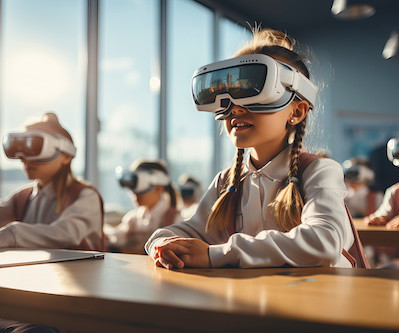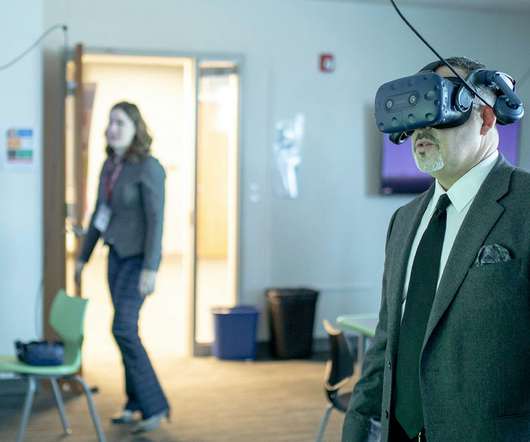8 Non-Digital Remote Learning Ideas
A Principal's Reflections
MARCH 24, 2020
Even with all the progress being made and practical innovations taking place, COVID-19 has unearthed on a global scale the inequity that persists when it comes to access to high-speed WIFI and technology. Even in more affluent areas, one cannot assume equitable access. It’s not the best option, but it is a realistic one.















Let's personalize your content